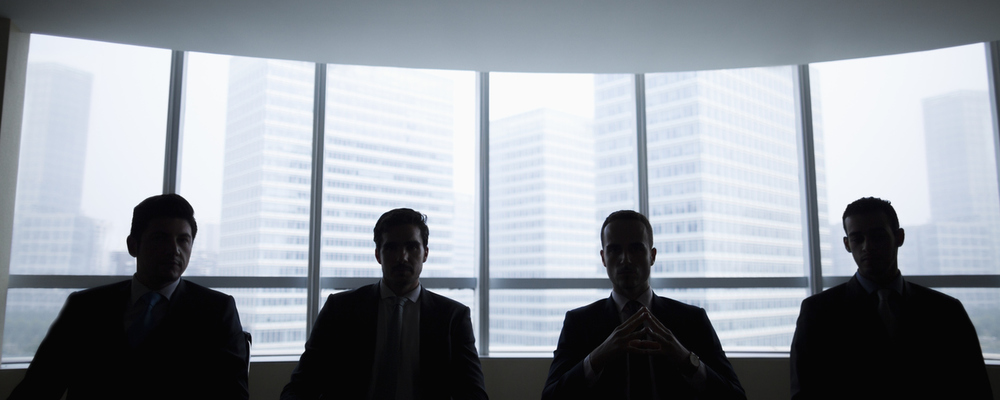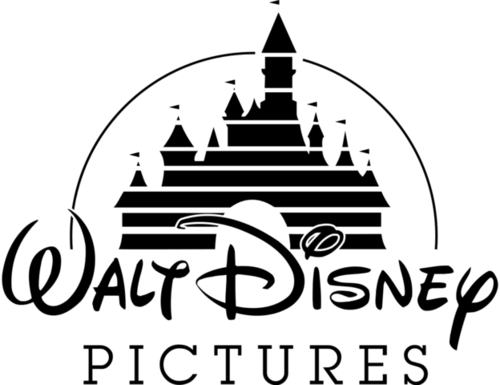Drop off your CV
We'd love to hear from you. Send us your CV and one of our specialist consultants will be in touch.

The change from one CEO to another is a critical moment in a company’s history. Do it wrong, and the handover process will be bumpy, causing internal conflicts and having catastrophic consequences. The right move, done correctly, however, can inspire confidence in investors, business partners, employees, and customers alike, leading to greater growth and profits.
Take last month, for example, when we saw two examples of CEO succession planning which had very different results, emblematic of the right and wrong approach to the process. It took the business world by surprise, when Starbucks’ chairman and CEO, Howard Schultz, announced at the company’s AGM that company President Kevin Johnson was to take over his CEO duties, while he would move to be Executive Chairman. But digging deeper into the backstory, the move had been planned and strategized for months, if not years, in advance. Disney, on the other hand, seem to be going through a nightmare in sourcing the replacement to their longstanding (and successful) CEO Bob Iger, who’s recently had his tenure at the filmmaker extended for an additional year. We’ll take a look at both in detail to establish the lessons to learn about CEO succession done right.

In fairness, Starbucks had previous experience when it came to succession planning. Back in 2005, they installed Jim Donald as chief executive, whose background in supermarket retail didn’t really fit with the Starbucks culture. In 2007, Schultz complained that Donald had grown the company too fast, while its brand had been ‘commoditized’. Fast food chains had moved into creating Starbucks-style coffee drinks, hurting the sales of the coffee specialist. The magic of Starbucks had been lost. Donald was fired, and Schultz reluctantly moved back into the CEO role he’d been looking to vacate.
This time, as Schultz’s urge to step down grew, he prepared well in advance. Having hired Kevin Johnson six years ago to join the Starbucks board from his previous job as head of an internet infrastructure company, Schultz began to realise that he had ‘the natural qualities of being very human and culturally aligned with Starbucks’. Without wanting to rush and potentially harm the brand, he first promoted Johnson to President and COO, to ‘give him an opportunity to understand the company intimately, and see if it’s the right fit’. He promised Johnson coaching and guidance, and close cooperation from the board ‘to see if the stars are aligned’.
Because the process had been made so transparent from the get-go, it was no surprise in May 2016 when Johnson and Schultz first presented to the board a five-year strategy plan that the two men had written together. Everyone had guessed that Johnson was to replace Schultz, and his performance as President and COO was cause for optimism about the change. In this case, the handover surprised no-one and pleased everyone. It was a textbook example of CEO succession done right.

By way of contrast, consider the story which broke the day after, when Disney Corporation announced that it was to extend CEO Robert Iger’s contract by a further year (expiring in July 2019). Although Iger has had an excellent track record as CEO of the iconic filmmaker, the company is having to push back his planned retirement as a direct result of the rather haphazard approach it has taken to succession planning over the years.
Michael Eisner, who ran the corporation from 1984 to 2005, wanted to exercise an astonishing level of control over its hiring processes – including the decisions on his own replacement. He refused to cede his seat to would-be successor Jeffrey Katzenberg, and even tried to put Disney’s board off Iger – despite his long-standing service as company president since 2000 – until he was finally given the chop in 2005 and replaced by his number 2.
Initially, it seemed like Iger was taking a sensible, Starbucks-like internal approach to succession planning. He gave two highly regarded executives, Thomas Staggs and Jay Resulo, similar responsibilities, so they could battle for the top job – a contest which lasted for years. When Staggs was named COO in 2015, most people had him earmarked as heir apparent, while Rasulo left the company. Having spent most of his career at Disney, Staggs was considered to be immensely competent, was well-liked by his colleagues, and had successfully built the Disney theme park in Shanghai. With Iger due to leave in 2018, everything seemed to have fallen in place.
But then, in April 2016, Staggs suddenly left the company, without explanation. James B. Stewart wrote in the New York Times that Iger told Staggs that he “lacked the full confidence” of Iger and the board. And then he was gone. What was the problem? No-one knows. Was Iger undermining a potential successor for fear of being overshadowed, or because he feared letting go? It remains a mystery. The result is lowered investor confidence – the board hasn’t been transparent and has shocked its stakeholders, with the future once again uncertain. The onlookers’ perception is that by extending Iger’s contract to 2019, the company is lacking in obvious CEO candidates – and those internally who valued both Staggs and Resulo can only conclude that they're right. Disney’s obvious quirky culture means bringing in an outsider (as Starbucks initially failed to do with Jim Donald) has large risks. One year extra for Iger doesn’t give them a lot of time to ‘groom’ the right individual internally, but something will have to be done quickly or Iger might have to stay on for many more than the initial year extra he has planned.
Taking the lessons illustrated in the Starbucks example, it’s clear that the whole board needs to agree to make succession planning a priority at the moment the CEO mentions their mid-term plans to move on - even in the face of more immediate and tangible issues. This is because succession planning doesn’t only bring the immediately obvious benefits of ensuring minimal stress in an important business transition. Succession planning also brings with it several collateral benefits:
The proper succession plan for any business has to take into account the quirks of that company’s culture and the unique requirements of the CEO role, so it’s difficult to provide one-size-fits-all advice on succession planning. However, in our experience a proper succession plan will always include the following:
· A Written Succession Plan: Committing plans to writing will make everyone more likely to follow through on them. The plan should be written consultatively, years in advance (the more, the better), with everyone on the board’s input, and then distributed to all involved.
· Regular, In-depth Reviews: The entire board, alongside a senior HR executive, should review the succession plan twice a year, including a review of the baseline capability requirements as they stand (so that any necessary tweaks in the job description can be accounted for in the search for a successor). The opportunity can also be taken to examine successful CEOs’ profiles, both inside and outside the relevant industry.
· Narrow The Field To 2 or 3 Finalists: Not unlike Disney’s strategy in directly comparing two high-performing executives, Staggs and Resulo, your board need to identify a shortlist of individuals as potential replacements, and begin the process of closely examining and inspecting their performance. If an external candidate is identified, bring them in at middle-executive level and allow them time to see whether the cultural fit is right.
· Assess The Candidates: About a year before the planned transition, the board should again meet to conduct assessments of the shortlist. This might include competency-based interview questions (as if the candidates were being recruited externally), 360-degree referencing from superiors, industry peers, and colleagues, and direct reports. A successful hire will also require assessing candidates against similar figures in competitor firms.
Although it may seem like an arduous process to go through – or indeed a less pressing priority than other more short-term business issues - a well-thought-out succession plan, like a good CEO appointment, will pay dividends in the long run. The more democratic you can make your process, with buy-in from each and every member from the board, the more smooth the transition from one CEO to another will be. Ultimately, hiring the right person in the right way can be a huge boost to a business – not just in terms of its bottom line performance but in the trust and faith of shareholders, employees, board members and customers alike. That’s why it’s crucial that succession planning is given the priority status it deserves, as soon as a CEO makes it clear that they’d like to move on.
At CSG we have numerous examples where we have helped clients with succession planning and leadership planning. We pride ourselves in having the rigour of process, the benefit of 15+ years’ trading experience, as well as the required ability to recognise the needs and culture of a business to then match a suitable candidate, to be able to safely and securely deliver a successful result. Whether with a small business, or a large multi-national, we have successful case studies that we can use as a guideline on what would be right for you.
If you’d like further advice on succession planning, or simply want to understand where the current hiring market is heading, we'd be happy to talk to you. Similarly, if you are disillusioned with your current recruitment partners, or you feel your business requires increased strength of leadership, direction, engagement, or organisation, we would be great ambassadors for you. Call to arrange an informal meeting on 0333 323 2000, or alternatively email us at clients@csgtalent.com.